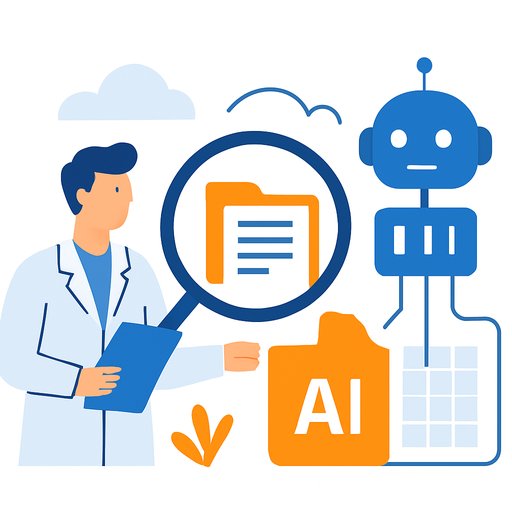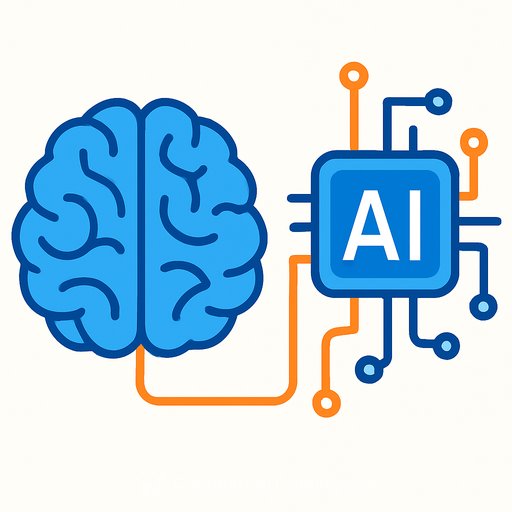AI finds the missing science data - and makes it usable
Most research data goes nowhere. Rough estimate: out of every 100 datasets produced, about 80 stay in the lab, 20 get shared but are rarely reused, fewer than two meet community standards, and only one typically leads to new findings. That waste slows progress and makes reproducibility harder than it needs to be.
Frontiers' FAIR² Data Management platform tackles this by detecting gaps, standardizing datasets, and publishing them with verification and context. It brings an AI chatbot, interactive visual exploration, and summary tools together so data is accessible to researchers, practitioners, policymakers, and community initiatives.
What is FAIR² in practice?
It's an AI-powered data service that turns raw files into reusable, citable, and auditable research outputs. FAIR² combines curation, compliance checks, AI-ready formatting, peer review, an interactive portal, certification, and permanent hosting - end to end.
The approach builds on the FAIR principles (Findable, Accessible, Interoperable, Reusable), originally outlined in 2016 in Scientific Data. If you need a quick refresher, see the FAIR paper here: FAIR principles (Scientific Data, 2016).
Why this matters for labs and institutes
- Reduce hidden data loss: AI stewards flag missing metadata, required fields, and compliance gaps before publication.
- Speed up publication: Work that often took months (validation, documentation, packaging) can be completed in minutes.
- Make reuse real: Datasets ship with clear summaries, standardized schema, and visual portals that non-specialists can navigate.
- Reward contributors: Outputs are citable, peer reviewed, and assigned certification to support attribution and career credit.
What researchers actually get
- Certified Data Package with schema, metadata, and provenance ready for audit.
- Peer-reviewed, citable Data Article that documents methods and context.
- Interactive Data Portal with visualizations and an AI chat layer for exploration and Q&A.
- FAIR² Certificate to signal quality and reuse readiness.
How the workflow fits your team
- Submit raw or structured data; the AI Data Steward (from Senscience, the venture behind FAIR²) proposes metadata, checks compliance, and identifies missing pieces.
- Resolve flagged issues; automated formatting makes the dataset AI-compatible and machine-actionable.
- Peer review closes the loop; permanent hosting and a public portal make the dataset discoverable and useful across disciplines.
Example: Environmental Pressure Indicators (1990-2050)
One featured dataset merges observed data and modeled forecasts across 43 countries over six decades. It tracks emissions, waste, population, and GDP to support sustainability benchmarking and evidence-based climate policy planning.
Signals from the community
Early feedback from marine and environmental research circles highlights time saved and better formatting for downstream users. As Dr. Ángel Borja (AZTI, BRTA) noted, this level of data curation and publication helps teams generate results quickly in formats useful to diverse end users.
Where FAIR² can make the biggest difference right now
- Cancer and clinical research needing verifiable, shareable datasets across trials and cohorts.
- Climate and Earth systems work that depends on transparent assumptions and cross-country comparability.
- Replication studies that require clear provenance, complete metadata, and durable hosting.
Practical next steps for PIs, data stewards, and RDM teams
- Audit your lab's "dark data" - list datasets stuck on drives or instruments; score them for potential reuse.
- Pick a pilot dataset; run it through FAIR² to test peer review, certification, and the interactive portal.
- Define a minimal metadata policy (variables, units, QA/QC notes, consent/ethics) and make it standard at data capture.
- Assign ownership for upkeep (PI or data manager) and set a citation policy so contributors get credit.
Bottom line
FAIR² positions itself as a working implementation of FAIR that closes the loop from raw files to reusable, citable assets. For science teams under pressure to deliver results and reproducibility, it turns stranded datasets into shared infrastructure that others can build on.
If your group is upskilling in AI-driven data analysis and stewardship, these structured programs can help: AI certification for data analysis.
Your membership also unlocks:






